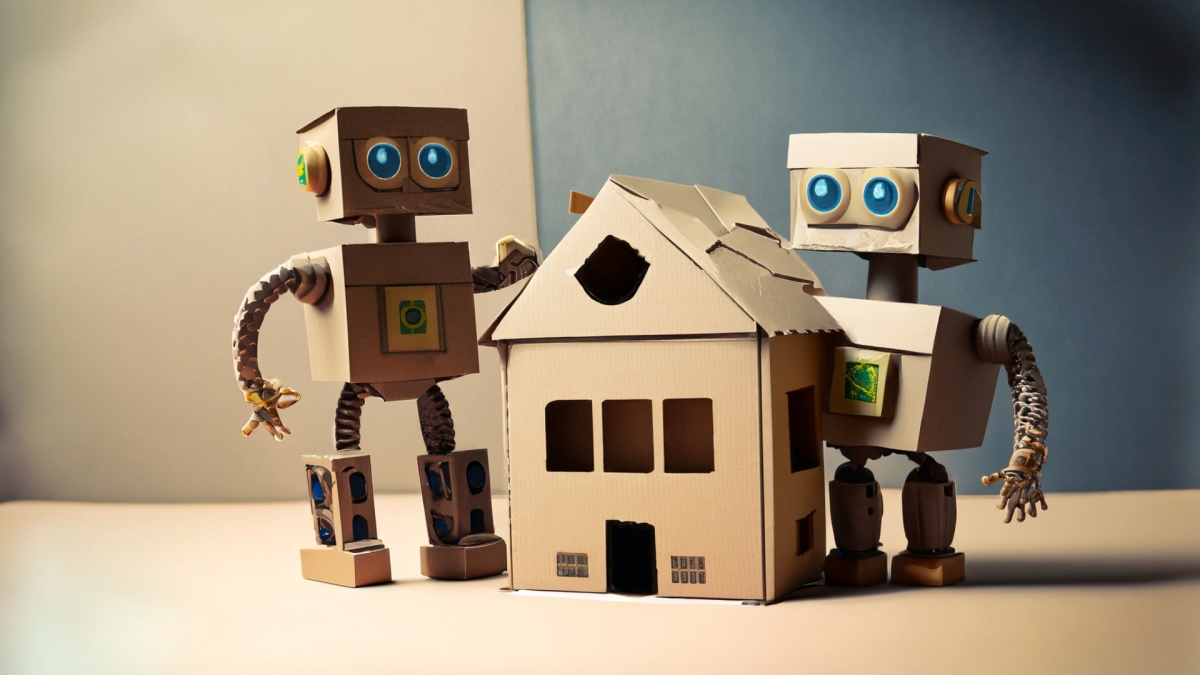
This lesson is designed to promote hands-on, project-based learning that connects various disciplines. It emphasizes the importance of real-world applications and encourages students to think

Students will design and construct a prototype of a tiny house on wheels. They will use graph paper to draw out their ideal tiny house on wheels, ensuring the sizing of the rooms and ceilings are
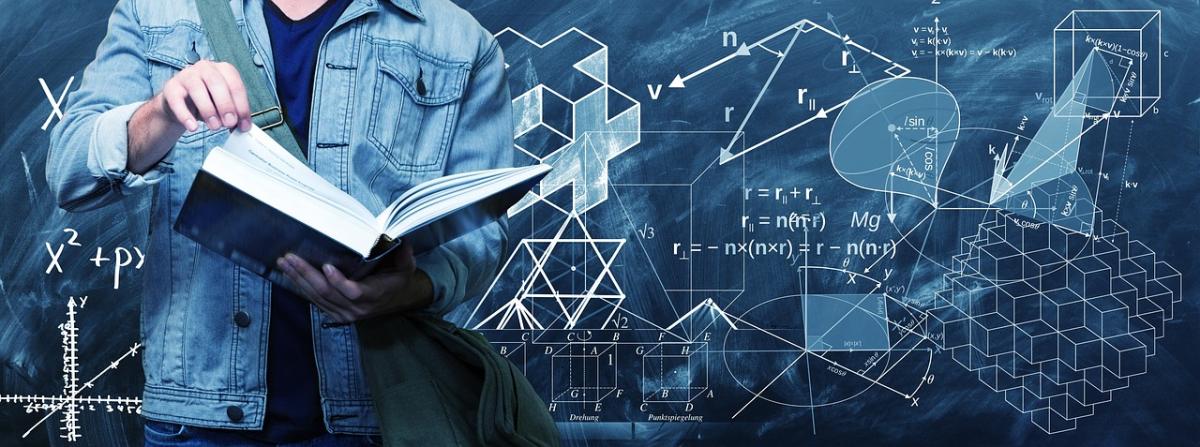
Math is All Around Us
Inspired by the picture book, "Count on Me," Kindergarten students will demonstrate the Engineering Design Process by collaboratively creating a model of a new toy for their playground, observing the

A lesson to teach students how to collect, organize, interpret data, make inferences, raise awareness, and suggest possible solutions on the water quality of the waterbodies in the state of Arizona.

This is the first of four lessons based on the novel Space Case by Stuart Gibbs. This lesson will help create equitable background knowledge for the literature-infused project-based learning project
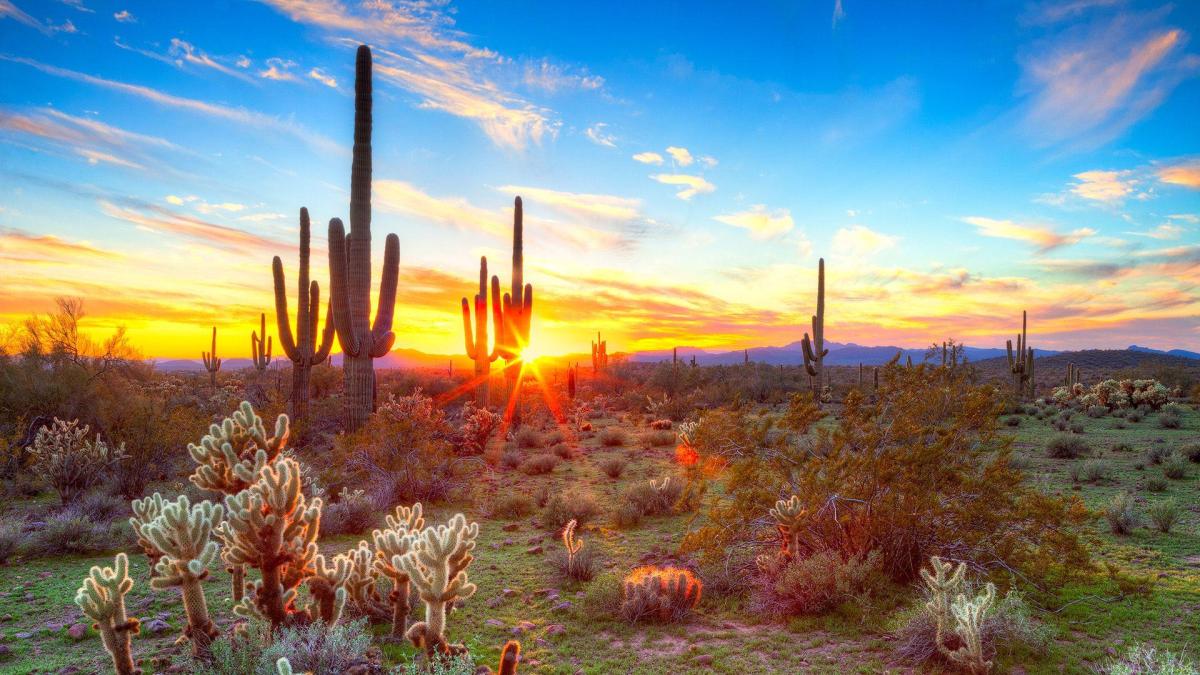
Teach students about the unique and amazing structures of plants and animals in the Sonoran Desert. Students will learn about how specific structures help animals and plants survive the unique
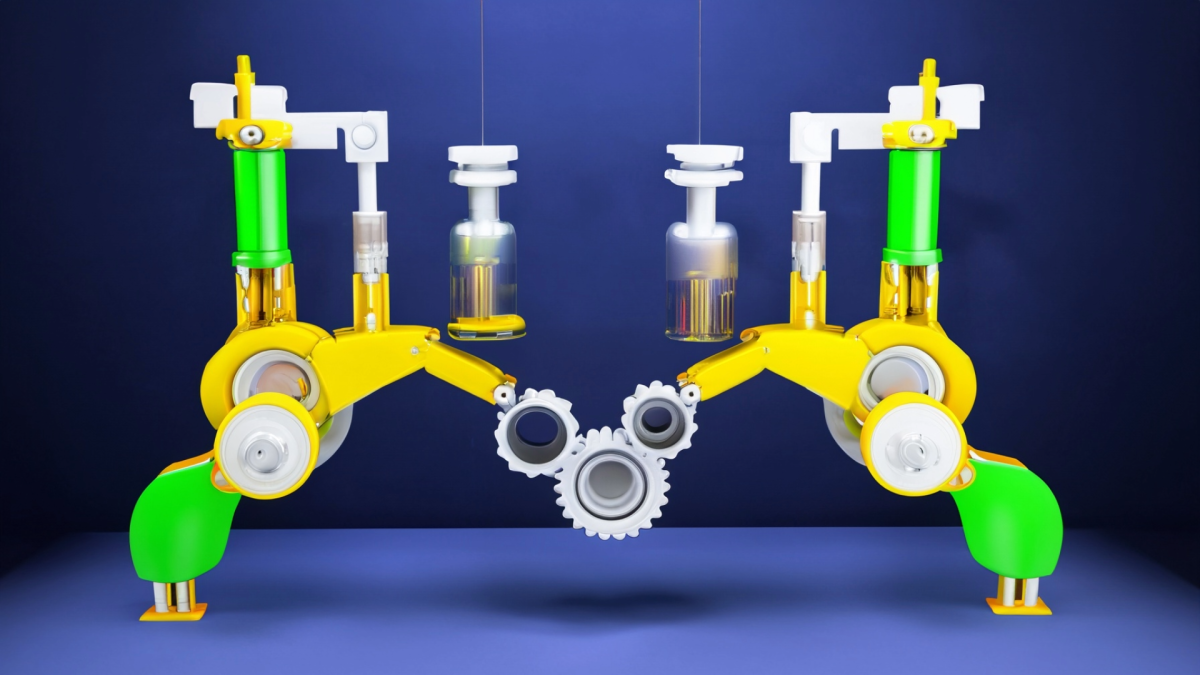
Students will construct an explanation using evidence to demonstrate that objects can affect other objects even when they are not touching. They will explore electric, magnetic, and gravitational
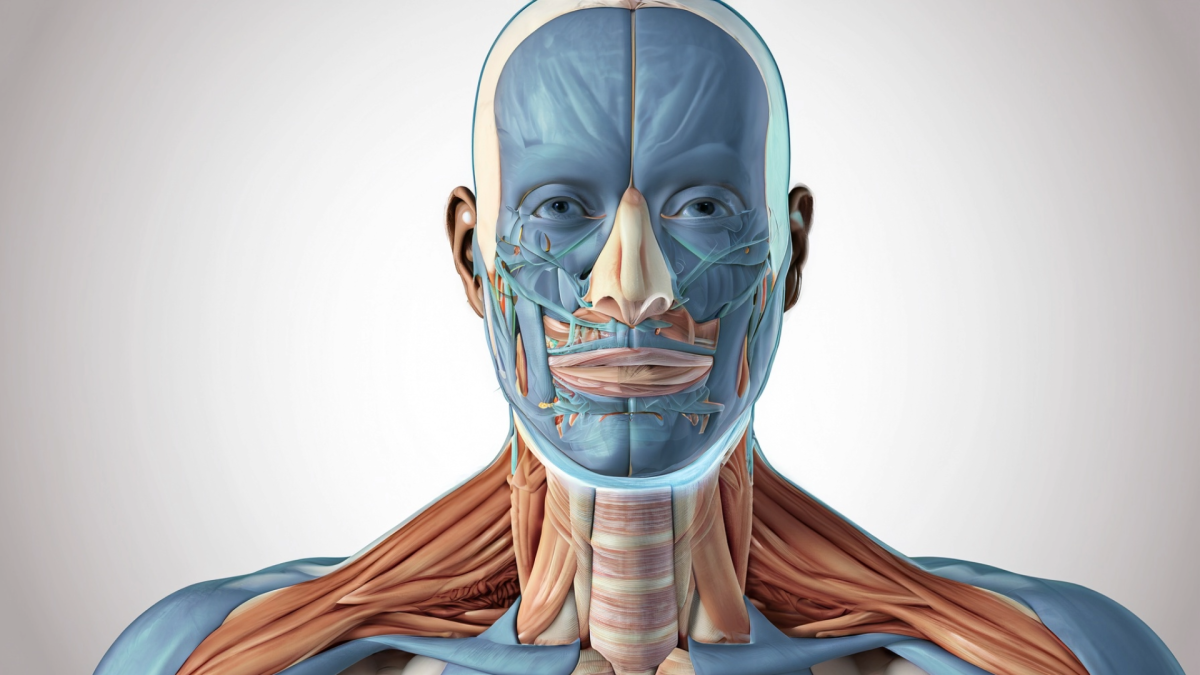
Description: In this engaging lesson, students dive into the fascinating world of bone anatomy by creating styrofoam models of bones and simulating fractures. Through hands-on activities, students use
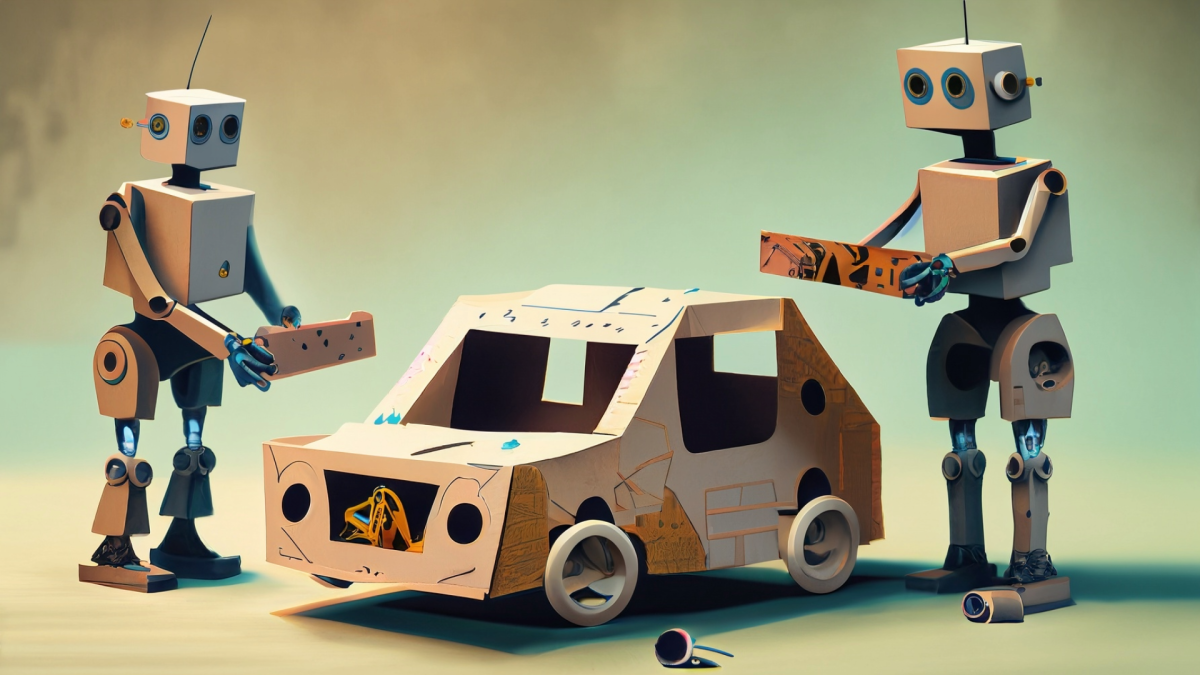
Use the fun book, The 12 Sleighs of Christmas by Sherri Duskey Rinker to teach the Engineering Design Process during the holidays. Walk through the steps of the Engineering Design Process while

This lesson is designed for students to conduct research in teams to create the best catapult that can launch a mini dog bone the farthest. Students use the engineering design process to create their
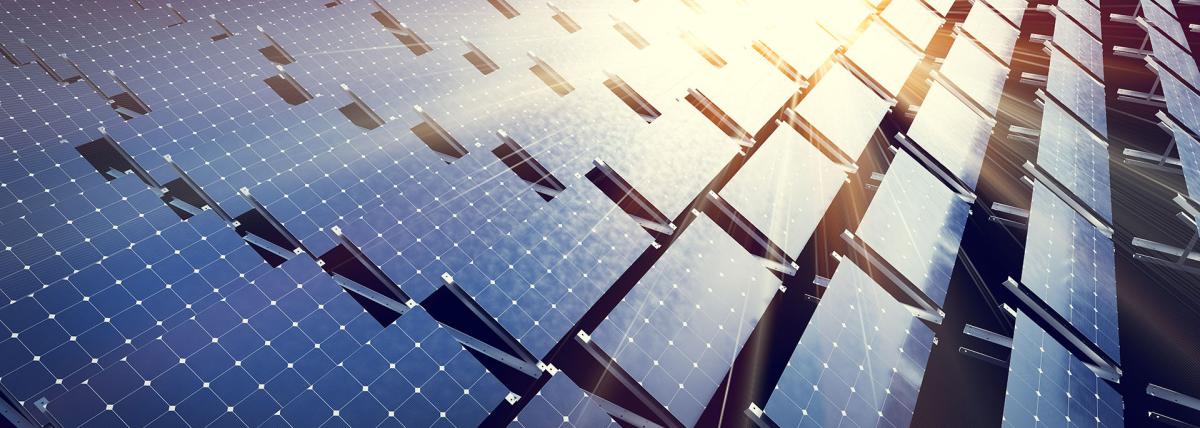
This lesson is intended to be the second lesson within a series. After the first lesson, exploring the transfer of power within a system, Students utilize this lesson, lesson 2, to explain how and
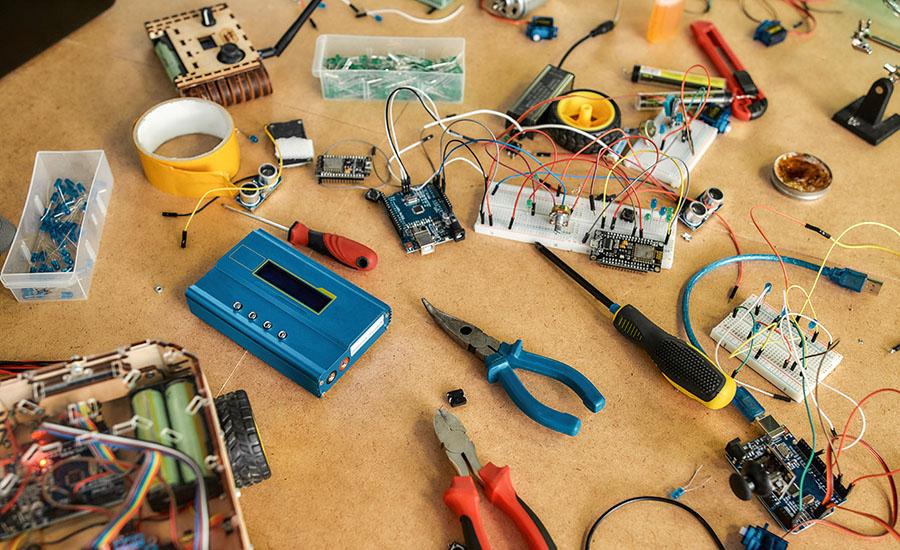
The goal of this engaging science lesson is to deepen students' understanding of magnets, electromagnetic forces, and their practical applications in real-world technology. Aligned with the 7.P2U1.1

Students design and engineer a paper backpack to hold all the supplies swallowed by the well-loved old lady in "There Was An Old Lady Who Swallowed Some Books". They follow the engineering design
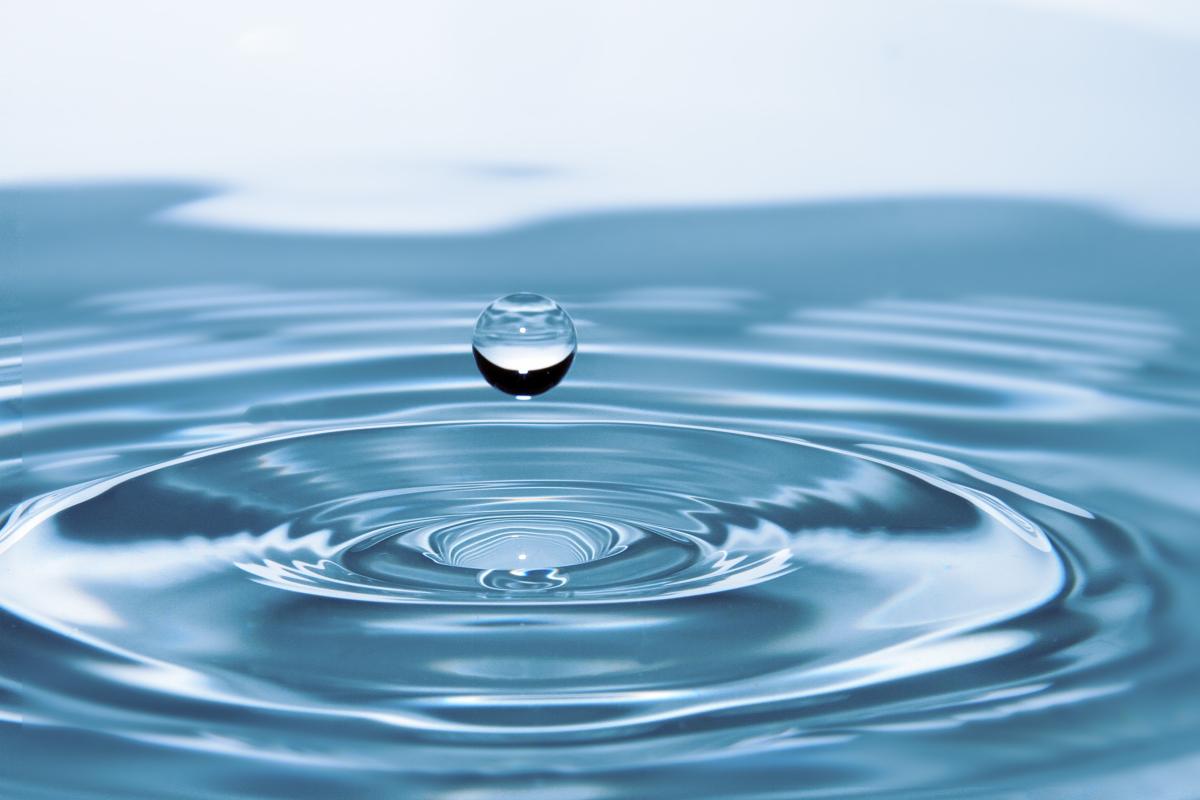
This lesson will develop an awareness of the critical importance of access to clean water for survival in the wilderness, drawing inspiration from the book "Hatchet." Students will recognize the vital

In this lesson, students focus on the engineering design process to help them design, build, and test a functional bow and arrow system like the character Brian Robeson in the book "Hatchet". Students
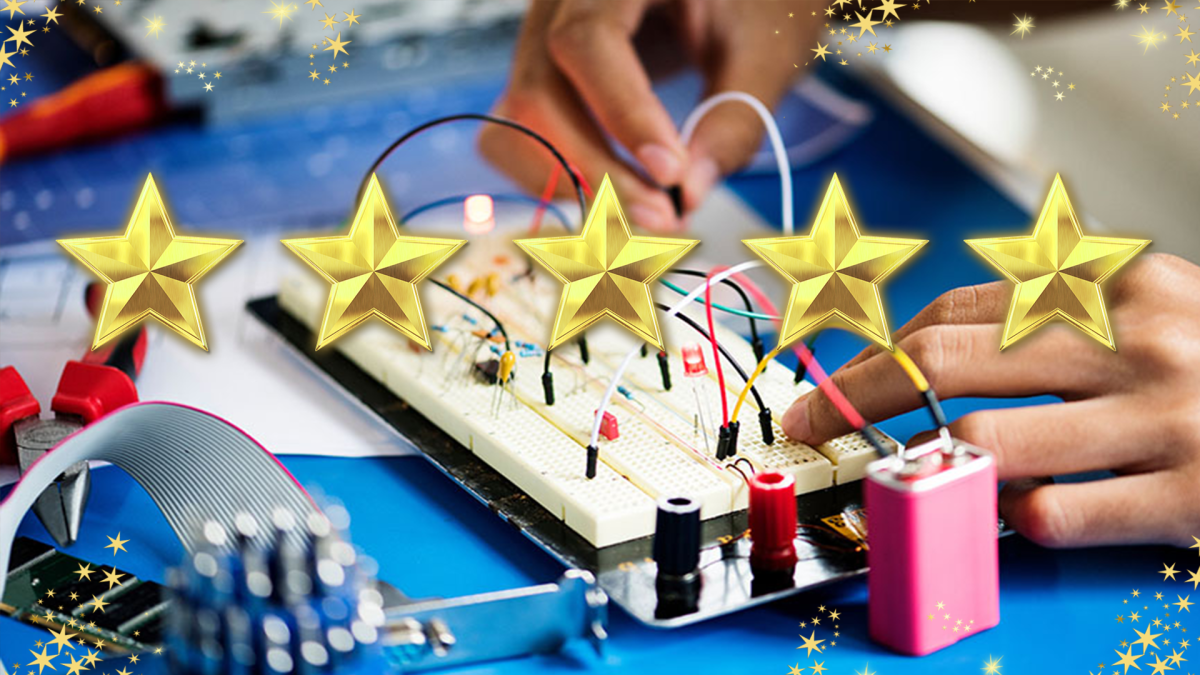
A Shocking Dystopia: STEM Adventures in The City of Ember Part 4 of 4: Where the River Goes
This lesson is PART 4 of a four-lesson unit, which focuses on futures thinking, the phenomenon of electricity, closed-system agriculture, and water as a renewable energy resource. “The City of Ember”

A Shocking Dystopia: STEM Adventures in The City of Ember Part 3 of 4: A Problem in the Greenhouse
This lesson is PART 3 of a four-lesson unit, which focuses on futures thinking, the phenomenon of electricity, closed-system agriculture, and water as a renewable energy resource. “The City of Ember”

A Shocking Dystopia: STEM Adventures in The City of Ember Part 2 of 4: A Way to See in the Dark
This lesson is PART 2 of a four-lesson unit, which focuses on futures thinking, the phenomenon of electricity, closed-system agriculture, and water as a renewable energy resource. “The City of Ember”

A Shocking Dystopia: STEM Adventures in The City of Ember Part 1 of 4: Blackout! Community Circuits
This lesson is PART 1 of a four-lesson unit, which focuses on futures thinking, the phenomenon of electricity, closed-system agriculture, and water as a renewable energy resource. “The City of Ember”

In this lesson plan, students will be able to build a simple electric motor and study how simple changes affect the motor's rotation. They will learn how energy comes in many forms, and how electric
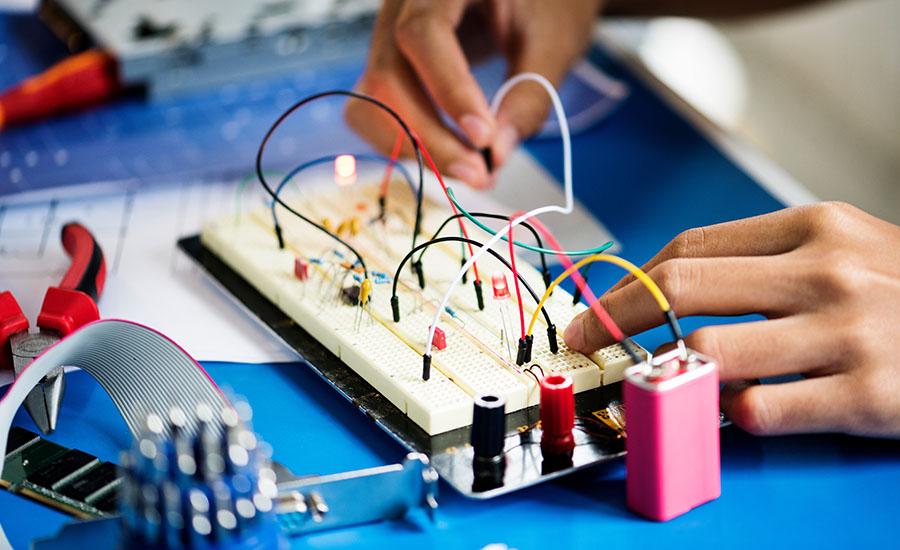
In this lesson plan, students will be able to investigate battery cells as they construct their own simple batteries: They will know that batteries are a common store of energy for many devices that

By the end of this lesson, students will understand the unique adaptations of desert tortoises and the importance of conserving their habitat. Students also engineer a habitat for the desert tortoise.

Students will use science skills to engineer habitats for polar regions as they learn about the polar regions through hands on experiences.



